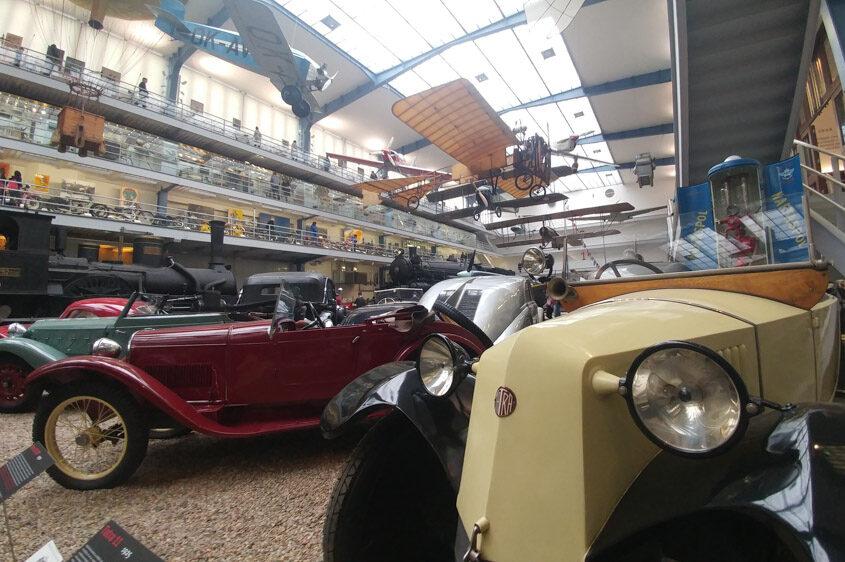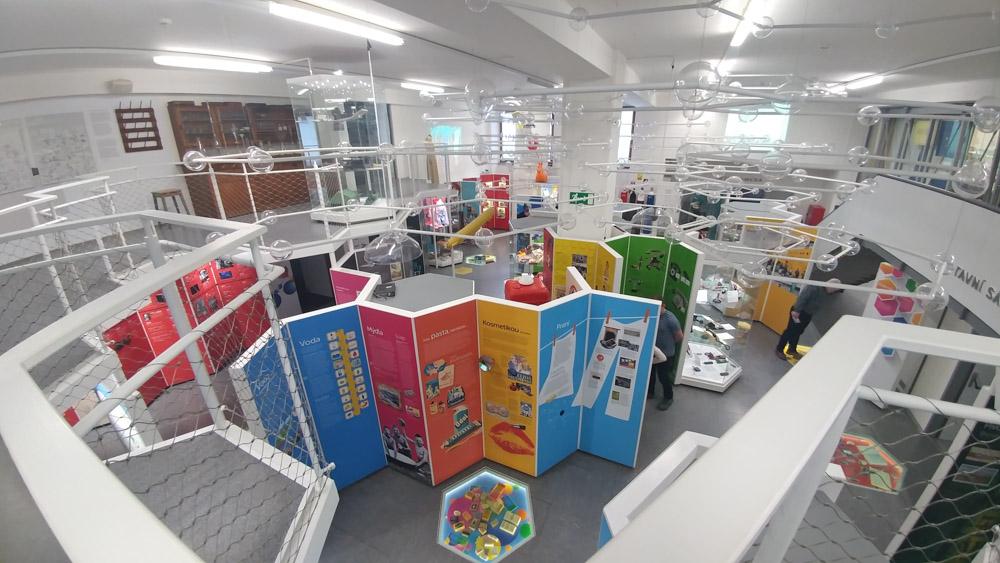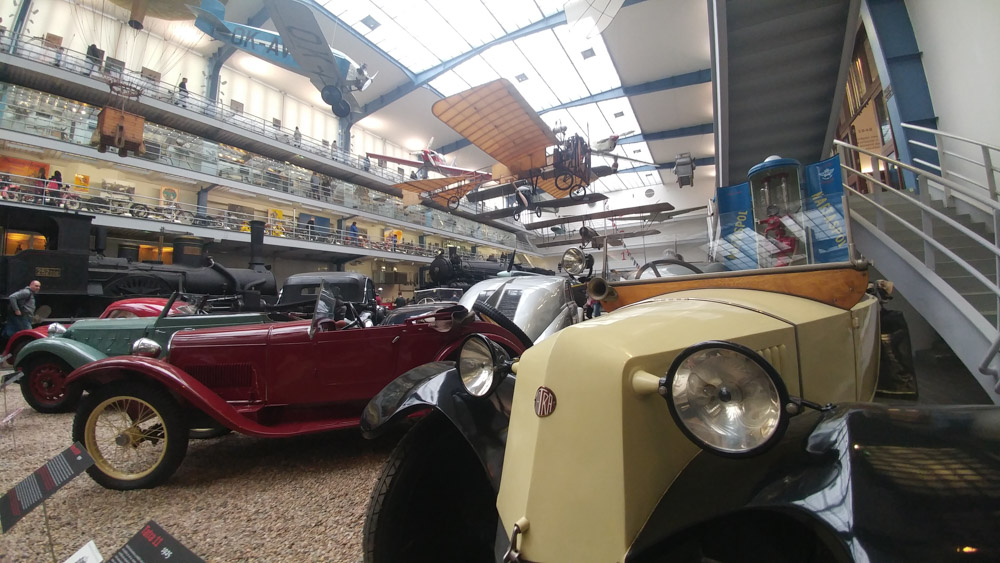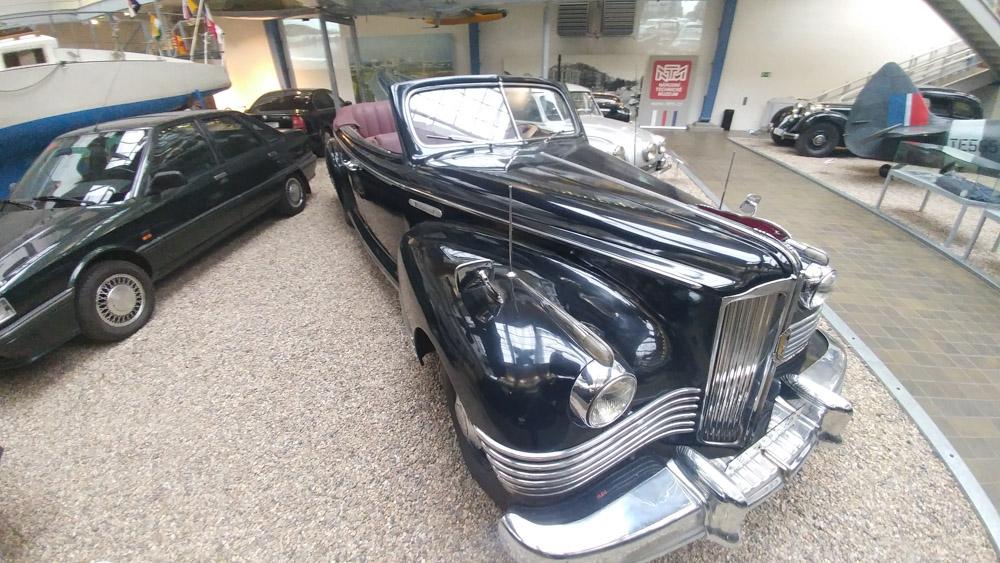The colossal, rust-colored brick of a structure, lying just across the river from Prague’s old center, is certainly one of the least attractive museums (externally) I have ever seen. Yet, this brutal shell contains an interior of educational displays which exhibit the most refined modernity and, at times, truly refreshing elegance. I won’t harp on fuzzy sentiment (there was plenty of that in the previous post), but Prague’s National Technical Museum made an impression on me, reminding me of a more mature version of the the science museums I frequented as a kid.
The establishment is dedicated to the history of Czech technology. From the origins of tools in the stone age and the birth of metallurgy to modern engineering feats. Two separate exhibits tackled the history of mining and metalworking in Europe. Other sections of the museum delve into chemistry, photography, architecture, and astronomy. The list only goes on, however, the crown jewel of Prague’s National Technical Museum is its stroll along through the history of Czech transport.
First, a stone path way leads you through a grid of automobiles, beginning with some of the very first cars to drive in the Czech republic. These models look like little more than horseless carriages, complete with wooden wheels and a seating arrangement more suited to guiding a animal than an engine. The stories of each car and its past owners were given beside various technical facts and engineering history. As you walk further, the cars become more modern, all of them either owned by someone who lived in or were produced in Czechoslovakia and the Czech Republic after it.
An interesting pair rounded out the collection of automobiles. The communist leadership used to get around in imposing, black vehicles. These cars were beyond luxurious and their obvious value seemed contrary to the supposed tenants of equality that the communist government was supposed to abide by. Ironically, when communism collapsed and the new Czechoslovak President, Vaclav Havel, was elected, the Portuguese President at the time, Mario Soares, gifted him a small family car to celebrate the victory. This middle-class four-door—one that represented the working people far better than the grand luxury cars—came to be the official automobile for the head of state and remained so for several months.
The National Technical Museum is an impressive museum and worth seeing. A word of advice, though. If you ever do find yourself planning to visit and are deeply interested in more than a couple of the exhibits… I would take two afternoons to tour its halls. I arrived just after the museum opened and stayed for about six or seven hours. In that time, I was able to see every exhibit and read about half of the presented information, but by lunch my brain was already exhausted. Split the trip in two and do some less mentally engaging activities in between. I don’t believe human minds are made to absorb so much information in so little time.
Signed,
Andrew



